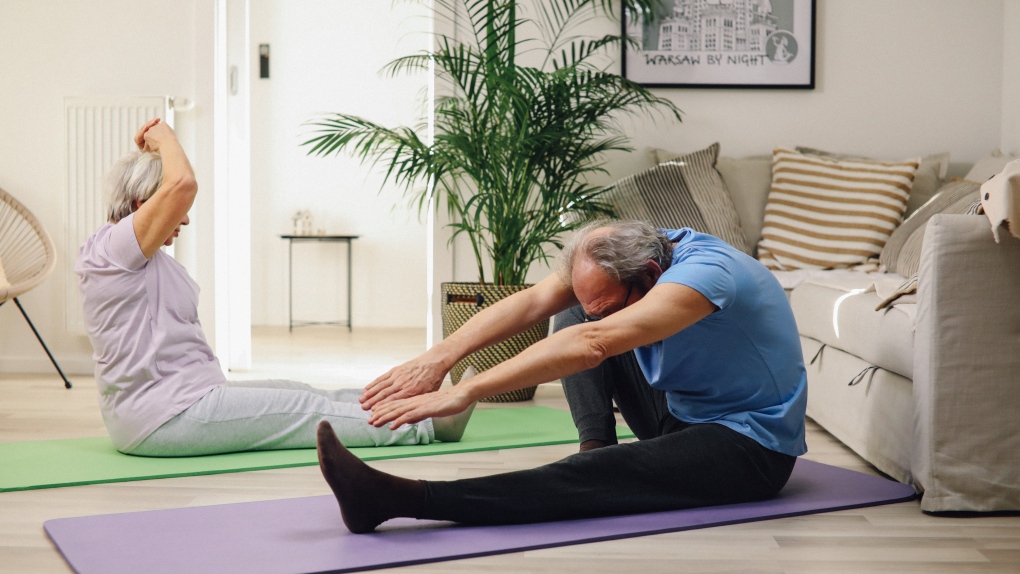An active lifestyle has a direct correlation to the overall quality of life for adults over the age of 60, according to a peer-reviewed study from the University of Cambridge.
The study of close to 1,500 adults says that older people who maintain an active routine and engage in regular physical activity experience greater benefits in terms of their quality of life than those who do not or who increase their amount of sedentary time, such as watching TV or reading.
The United Kingdom National Health Service recommends at least 150 minutes of moderate-intensity activity or 75 minutes of vigorous-intensity activity a week for adults, and breaking up prolonged periods of being sedentary or at least standing for older adults, the study says.
The findings indicate that physical activity reduces the risk of a number of diseases, including heart disease, stroke, diabetes and cancer.
"Keeping yourself active and limiting – and where you can, breaking up – the amount of time you spend sitting down is really important whatever stage of life you're at," Dharani Yerrakalva from the department of public health and primary care at the University of Cambridge said in a press release.
"This seems to be particularly important in later life, when it can lead to potentially significant improvements to your quality of life and your physical and mental well-being."
In an experiment, the research team examined activity levels among 1,433 individuals aged 60 and older to look at health-related quality of life, which included measures of pain, ability to care for oneself, and anxiety or mood.
Based on their responses, participants received a score between zero and one, zero being the worst quality of life and one being the best.
The researchers followed up with the participants six years later on average to look for changes in their behaviour and quality of life.
The result shows that those individuals who did more moderate-to-vigorous physical activity with less sedentary time had a higher quality of life.
It found that an hour a day spent more active was associated with a 0.02 higher quality of life score and for every minute a day less engaged in moderate-to-vigorous physical activity, quality of life scores dropped by 0.03.
Increases in sedentary behaviours were also associated with poorer quality of life, with a mere 15-minute increase in daily sitting time resulting in a decline of 0.18 to a person's score.
The researchers say that previous work has shown just a 0.1 point improvement in quality of life scores can reduce the risk of early death and hospitalization by 6.9 per and 4.2 per cent, respectively.
"There are several ways in which improvements in our physical behaviours might help maintain a better quality of life," Yerrakalva added.
"For example, more physical activity reduces pain in common conditions such as osteoarthritis, and we know that being more physically active improves muscle strength which allows older adults to continue to care for themselves. Similarly, depression and anxiety are linked to quality of life, and can be improved by being more active and less sedentary."
Reporting for this story was paid for through The Afghan Journalists in Residence Project funded by Meta.










































